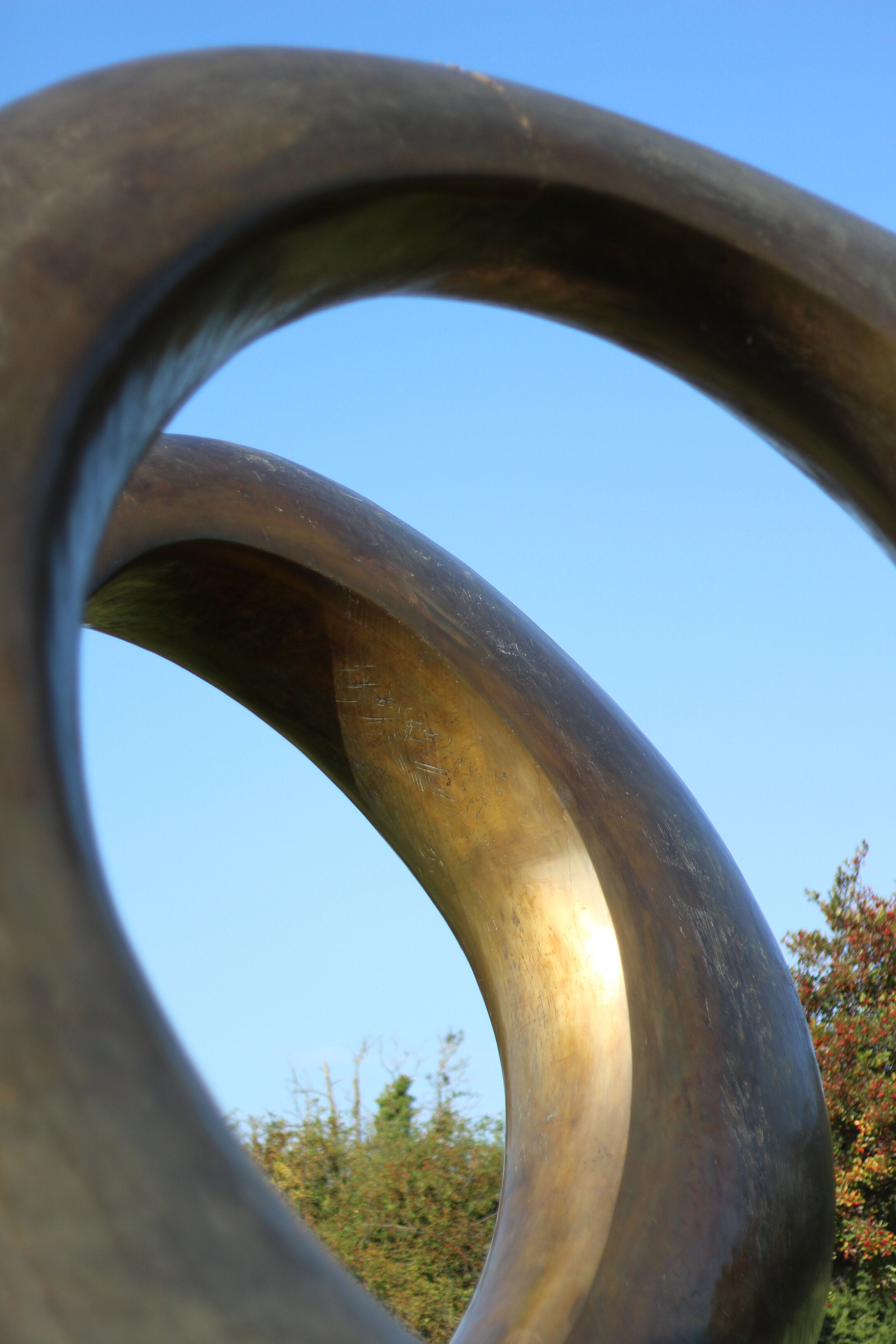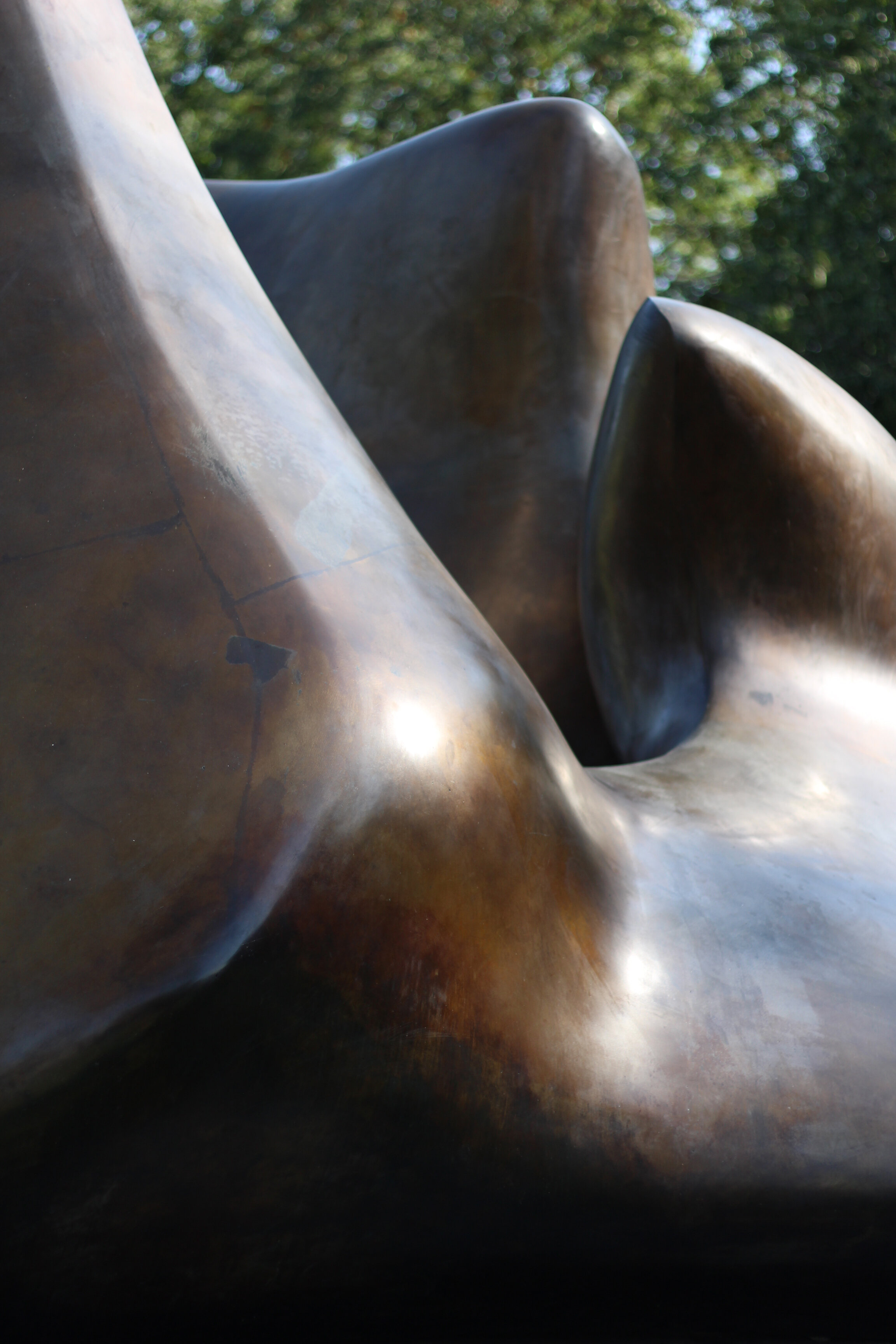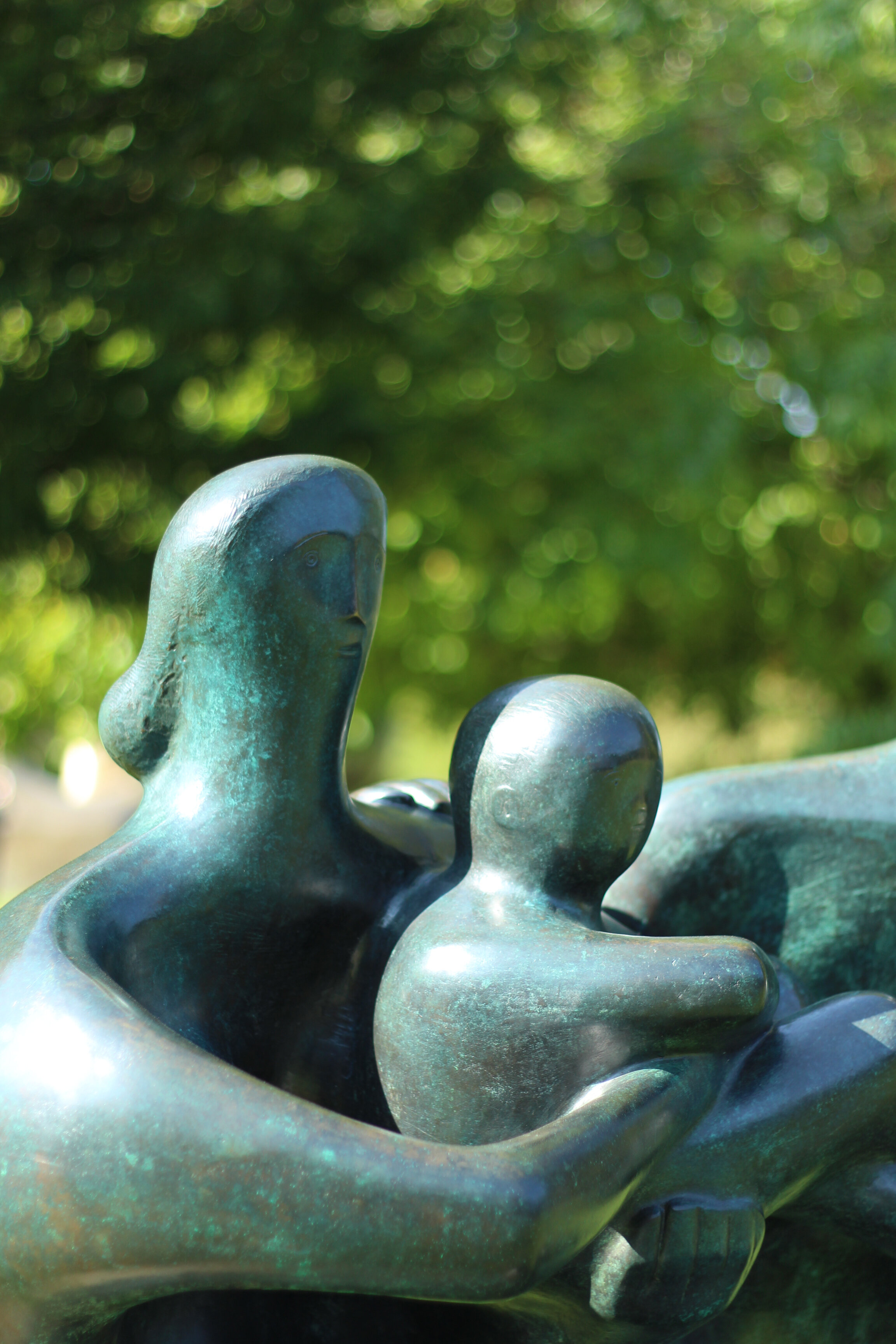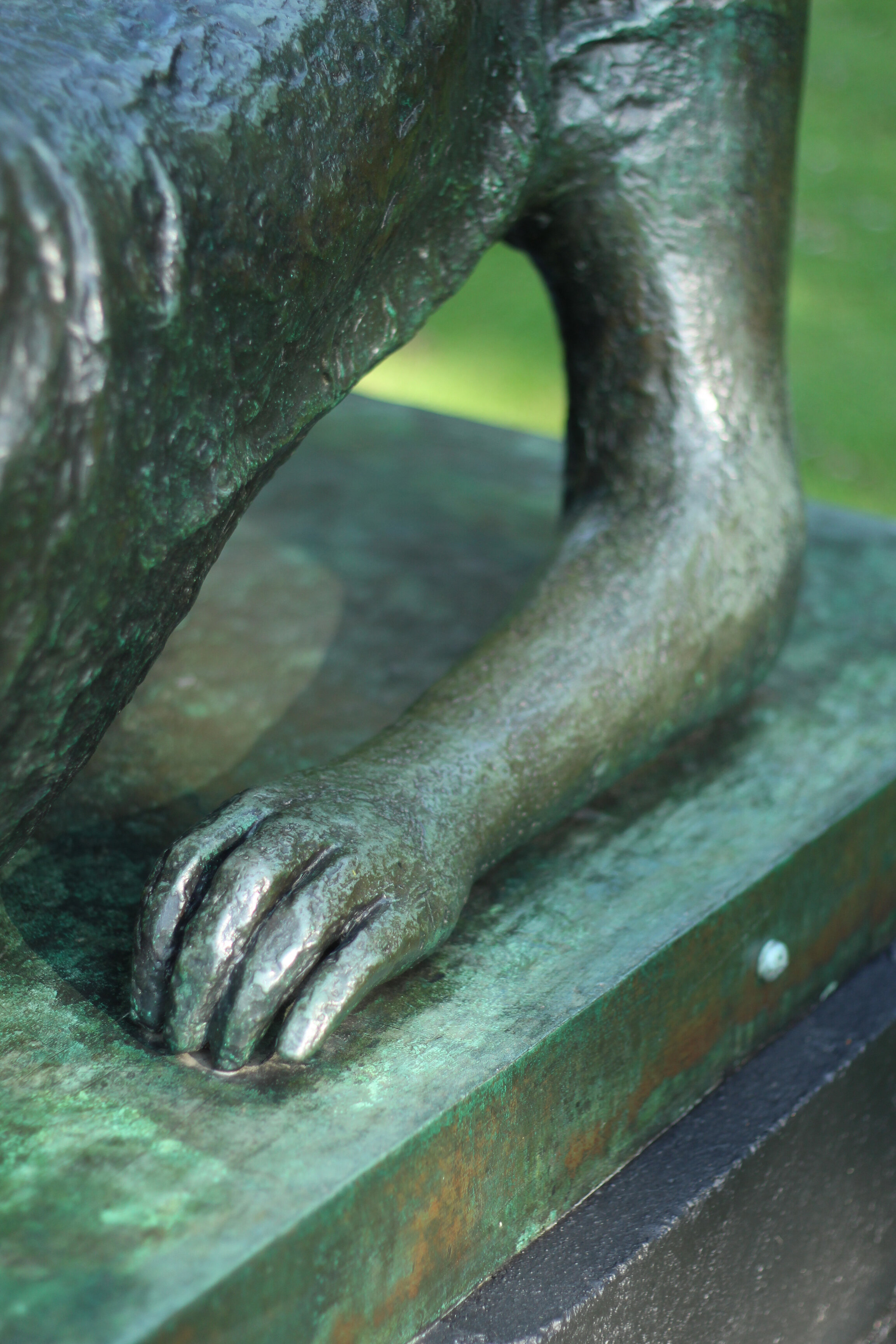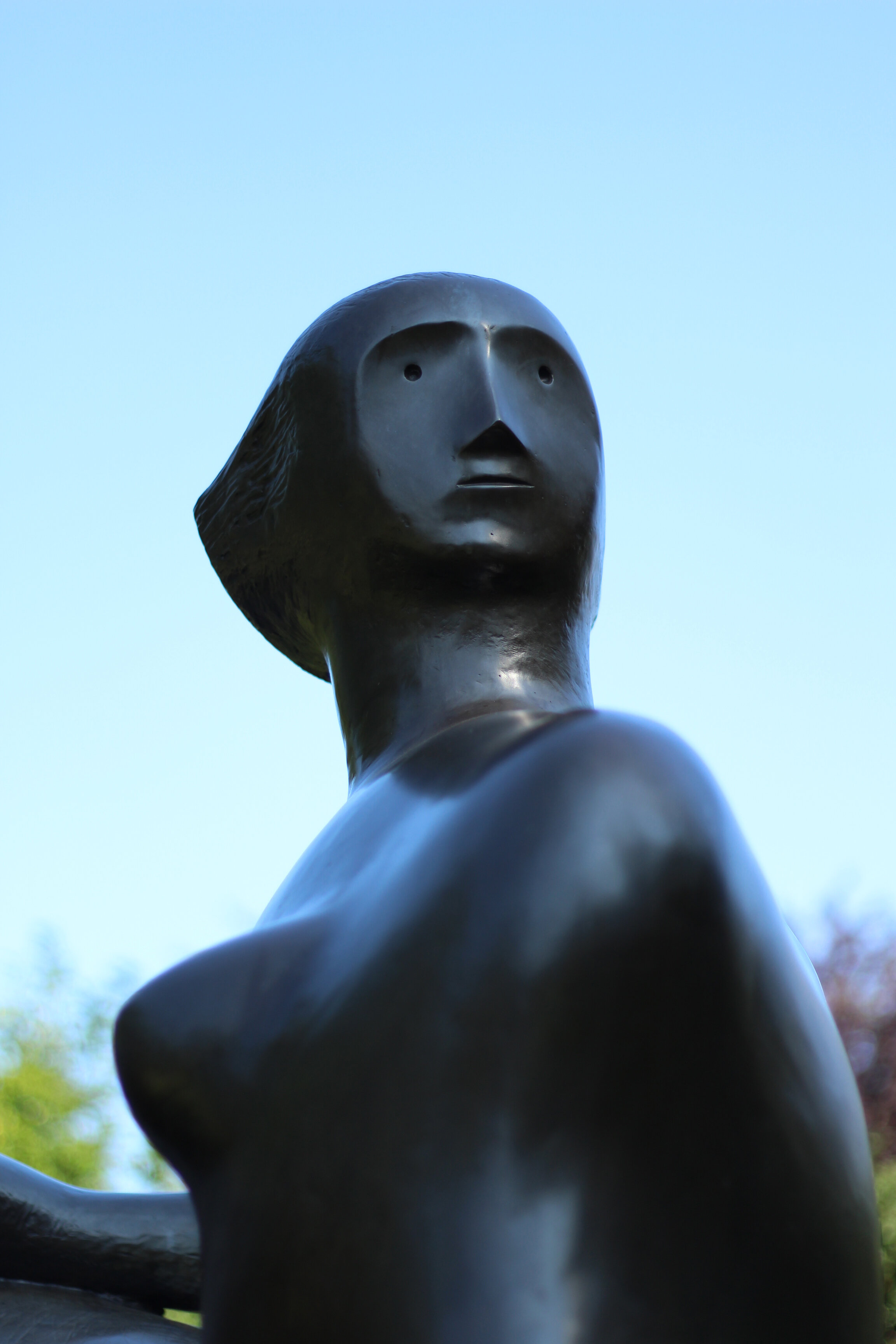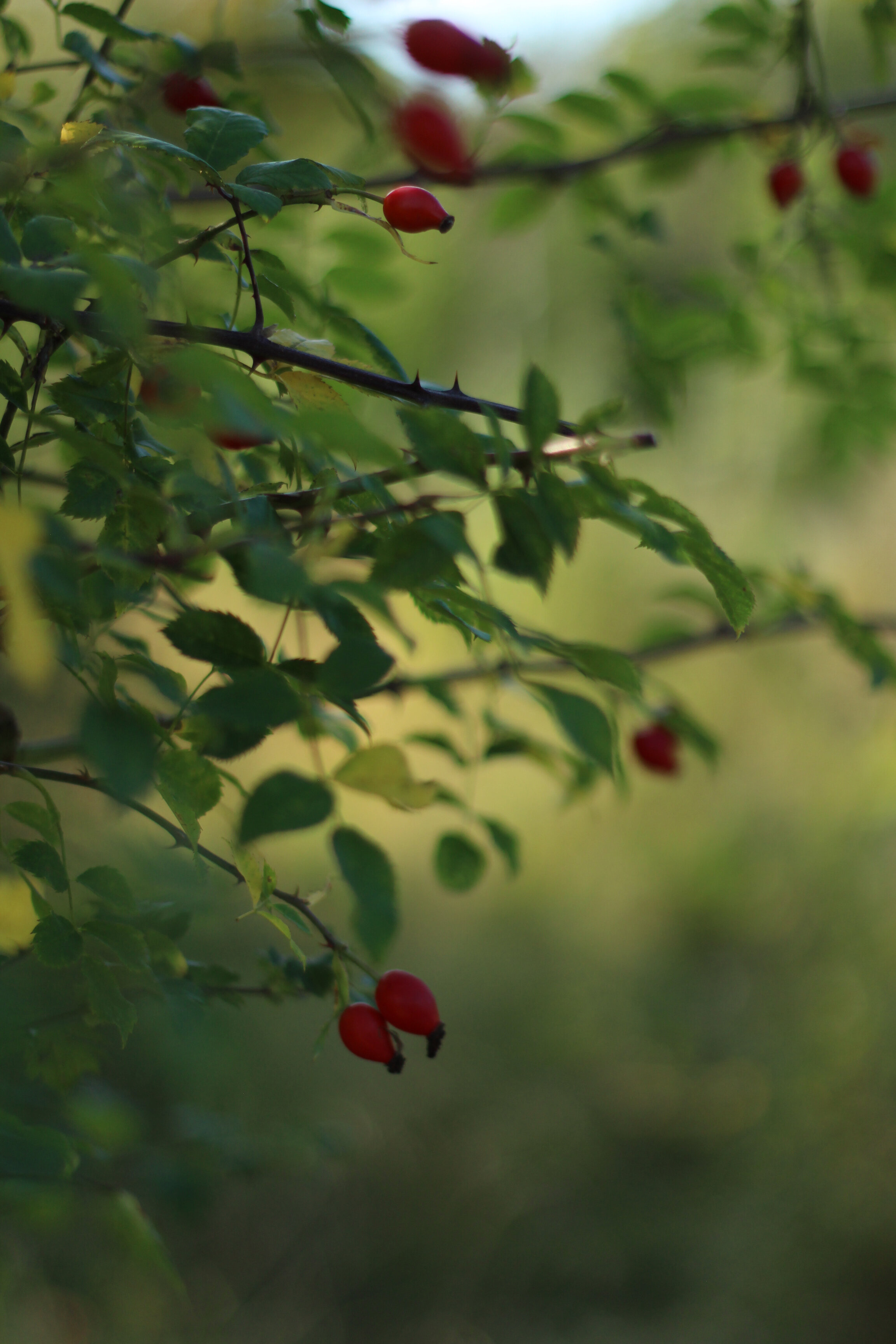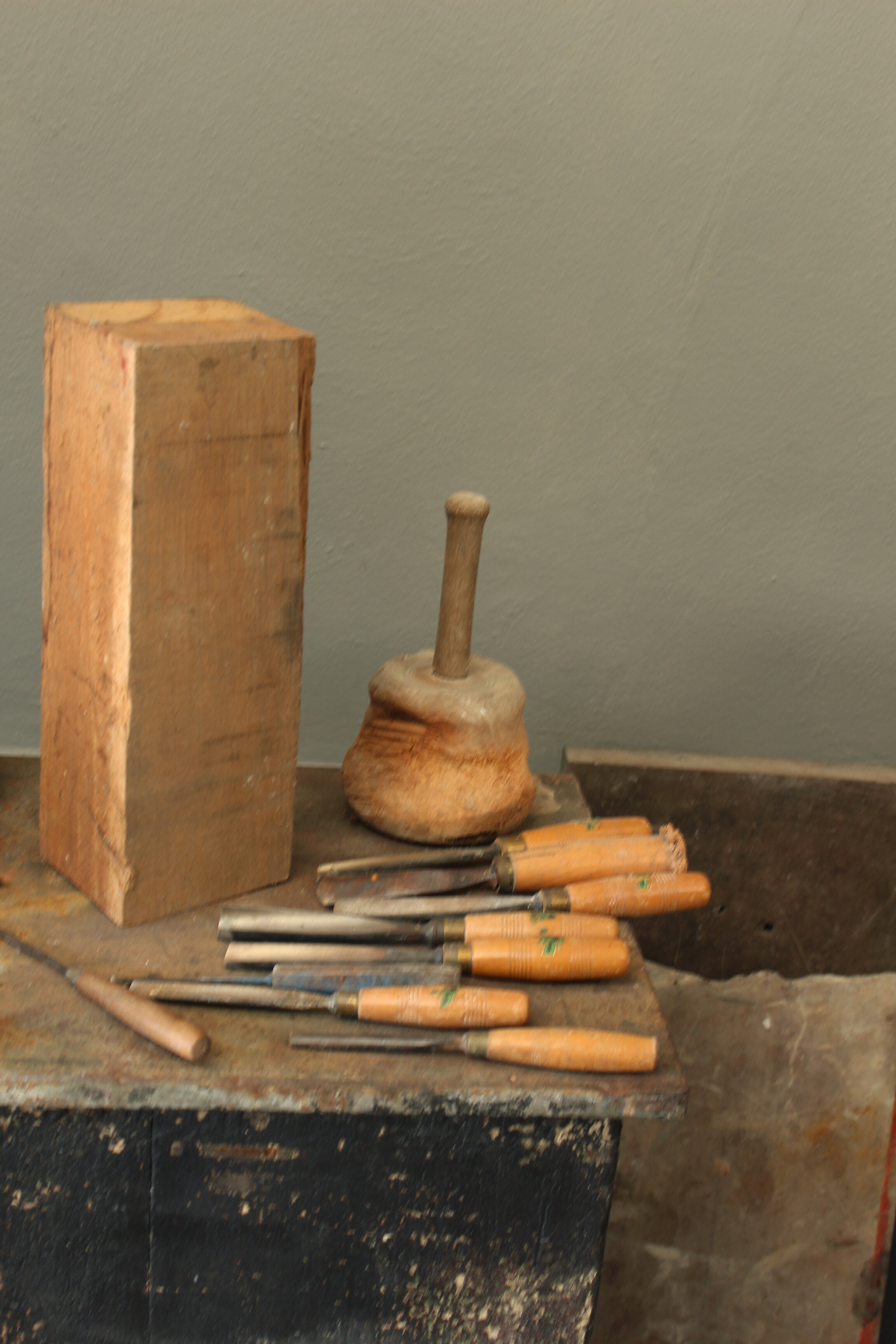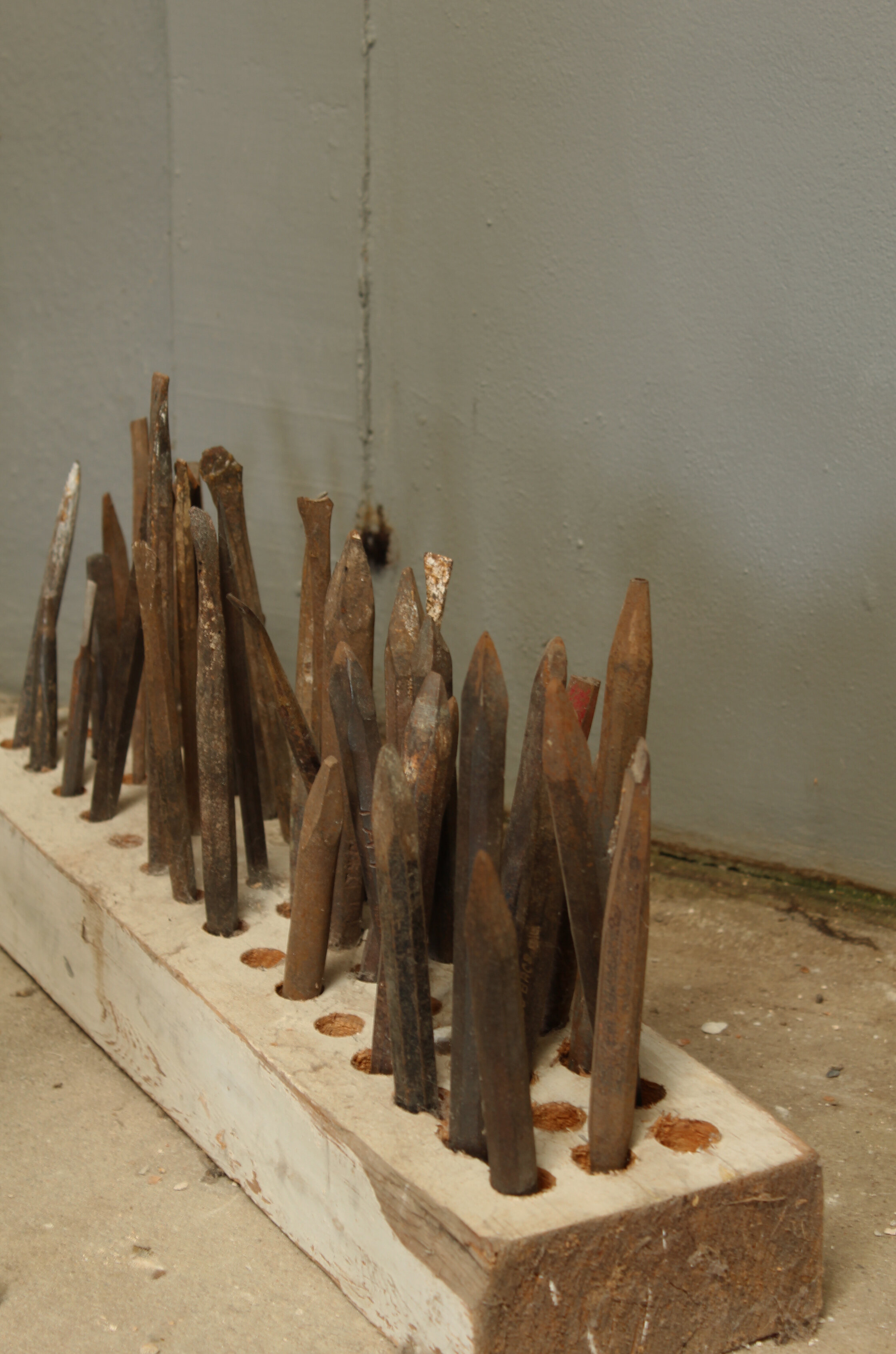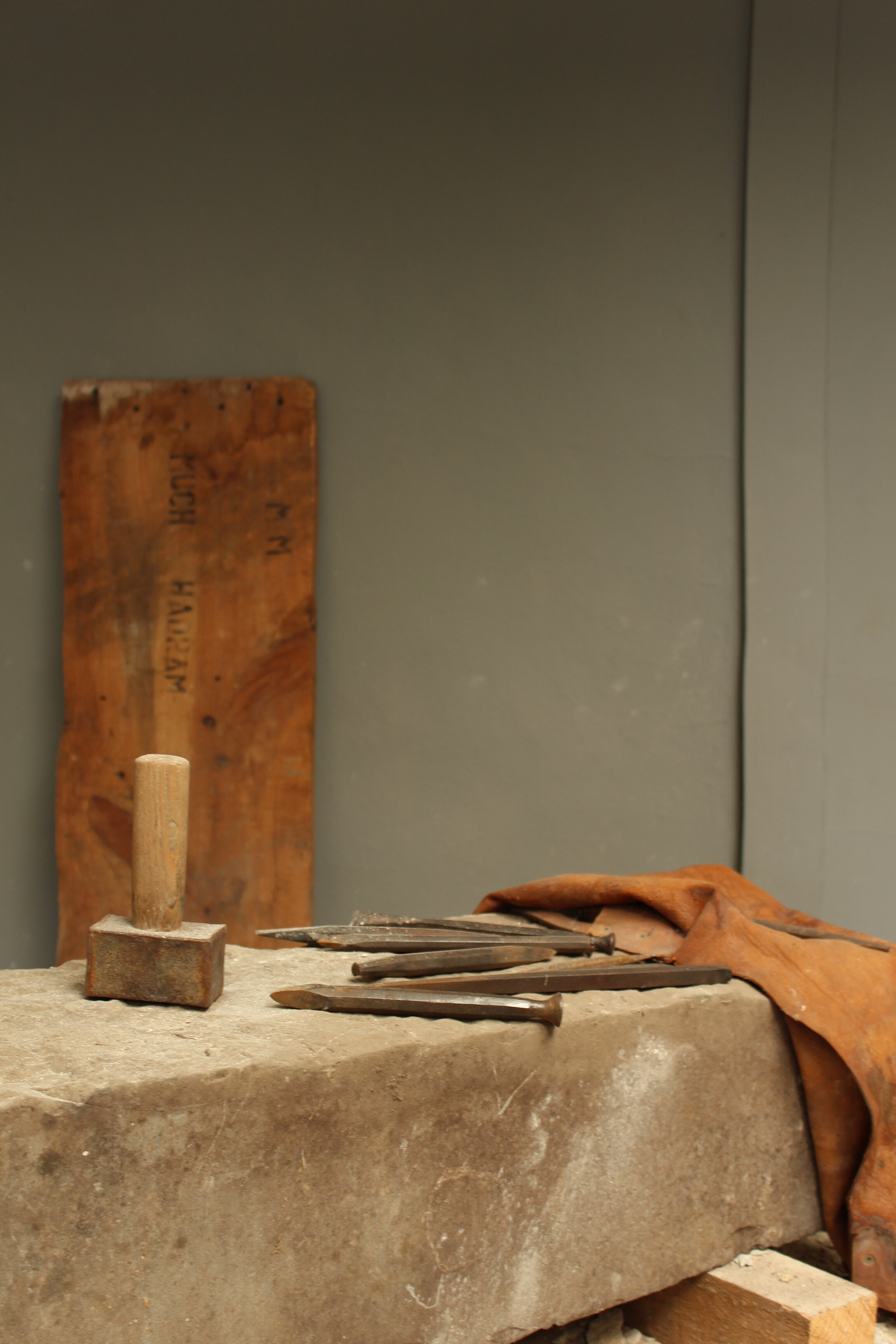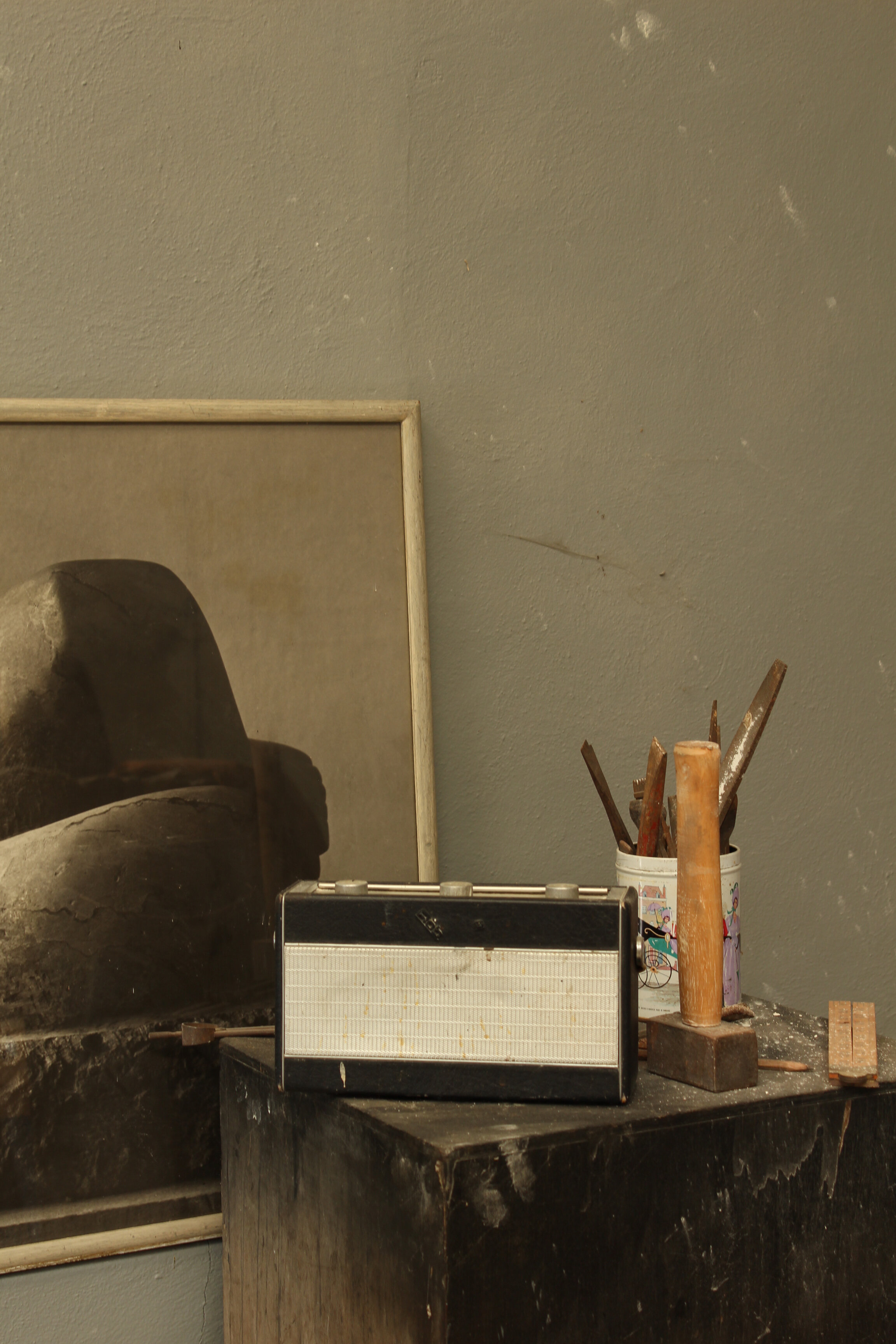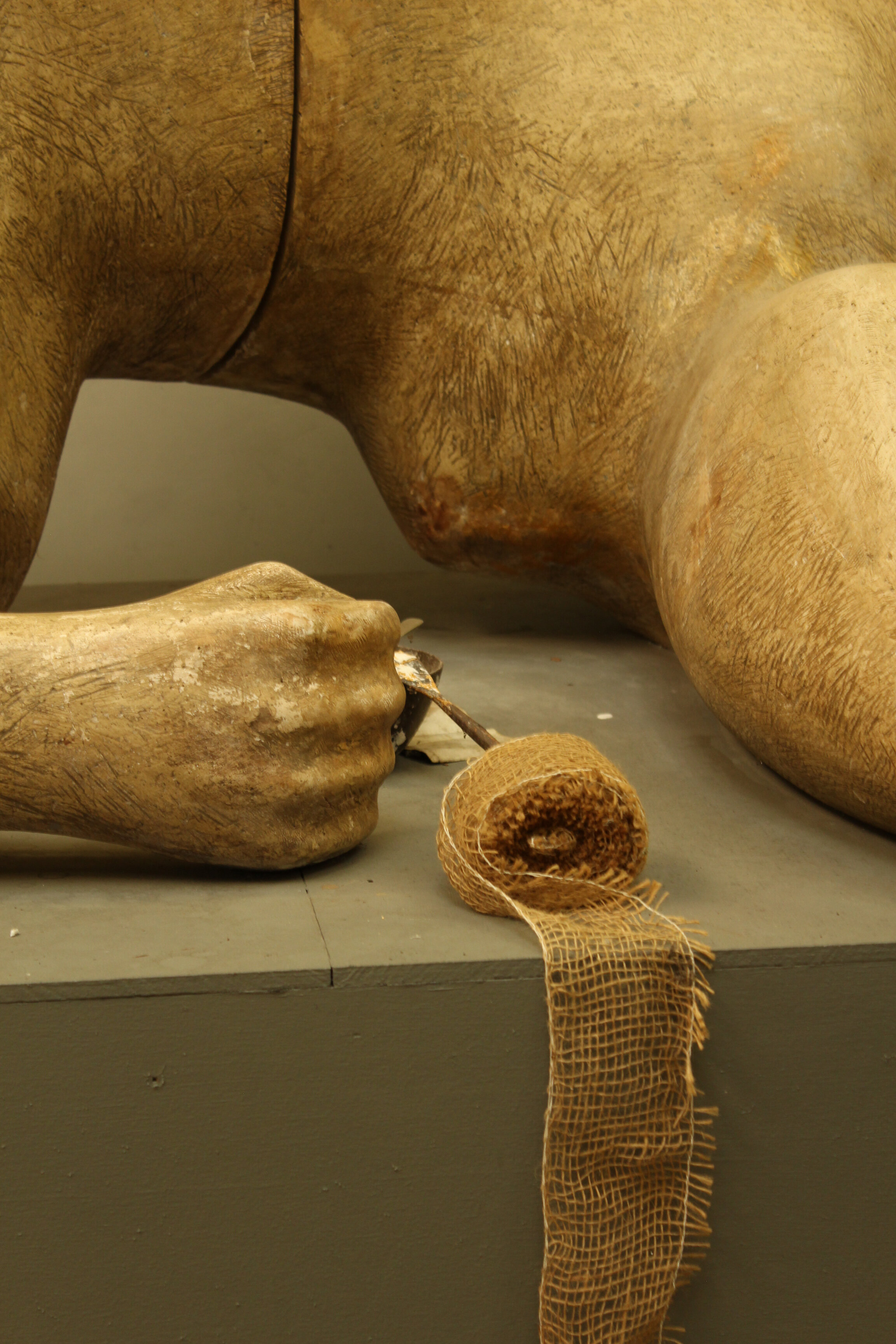Rediscovering Moore
One of the most magical days out we had this year was an early autumn trip to the Henry Moore Foundation at Much Haddam in Hertfordshire.
Moore, together with his wife Irina, lived and worked on the edge of this quiet tucked-away village from 1940 until his death in 1986, together creating a wonderful yet modest home, workspace and landscape.
Moore was such a towering and influential figure of Twentieth Century British art and his work is consequently so familiar that it can be difficult to see the pieces in their own right. In this context and setting though, created with such skill together by Henry and Irina, for me the work took on an intimacy and immediacy that I have not felt for it before. As the text by Silvia Cox and Hannah Higham notes:
The buildings here are important, but so too is the land in which they sit. Moore is often cited as describing the optimum setting for his sculpture as a landscape consisting of sky with fields of grass and a few trees… a panorama in which colour was kept to a minimum but subtle changes of view were achieved through clever planting. Here Moore could position his works to emphasize their sculptural qualities and, most importantly, their relationship to nature.
Dotted through the grounds are works from throughout Moore’s career - some abstract and others figurative.
Perhaps it is a limitation in my own vision, but I have often found sculpture in the landscape difficult - to my eye it frequently competes with the natural forms that surround it. But there was something about this context that felt comfortable and right.
The setting is bucolic - the extensive grounds were landscaped skillfully by Irina, so that gardens roll into orchards, which in turn open into pastoral views. The image above shows one of the largest pieces in the collection - a monumental reclining figure resting on the gentle roll in a field of sheep. In the foreground is the flock of sheep that Moore drew so often and with such tenderness - generations of sheep later, but still from the same stock.
Much of the grounds are planted as orchard - apple, pear and quince trees all laden with fruit when we visited.
Here, in this pastoral landscape, somehow the sculptural pieces lose some of their grandeur, and take on a feeling of familiarity and approachability. I liked them much the better for it.
What I loved most about the whole place though, were the various different workshops. Dotted around the orchard, inhabiting old agricultural buildings, garages, sheds and piggeries, these were spaces which still seemed to retain all the energy of creative purpose.
Above is Moore’s maquette studio - shelves filled like cabinets of curiosity with little hand-worked models - three dimensional sketches. The maquettes are very much part of Moore’s working process - many of them have pencil notes and numbers jotted on them - you can see some of these on the top image in this post.
Yet they seem much more than simply working scale models. To me they are like fist-sized totems - carrying within their form all the energy and power of creative potential. They have a raw energy about them - encapsulating the germ of an idea. Many were never progressed further, but those which ‘captured Moore’s imagination’ were developed first into an intermediate scale, and finally to the monumental scale we are so familiar with.
Above are various tools in another of Moore’s studios. They feel worn and well used - familiar tools of the trade. I loved the sense of everyday domesticity in the workshops. Below is a ubiquitous metal cheese grater used to create the familiar cross hatched texture in the plaster on so many of Moore’s monumental bronzes. You sense he used whatever came to hand and worked best for the job which speaks of a lovely unsnobbishness of approach.
Dotted in between the models, tools and works in progress were numerous natural objects which caught Moore’s eye. Below is the vertebrae of a whale. Elsewhere flints, skulls and horns jostle alongside Moore's models and studies.
Lying in the window of the tiny wooden summerhouse Moore used as a drawing studio are a few odd make-do mark-making tools; I love the plastic spoon, lying alongside the paintbrushes and sculpting instruments. There is no particular hierarchy here - just whatever came to hand and best did the job.
Sadly the house is closed this year, but a glimpse into the green house built on the side of the home, with its collection of succulents and cacti, spoke of care and domesticity and a joy in the humble details of life.
My own great grandfather, an architect and former president of the AA, lived in the neighbouring village of Little Haddam - just a couple of miles away. I like to think that their paths might have crossed on an afternoon stroll - perhaps exchanging pleasantries about the weather at a field gate. I realize I am claiming a connection I am probably not entitled to, but there was something so welcoming about the whole place - it made me feel so very at home, and speaks of a life well-lived.


